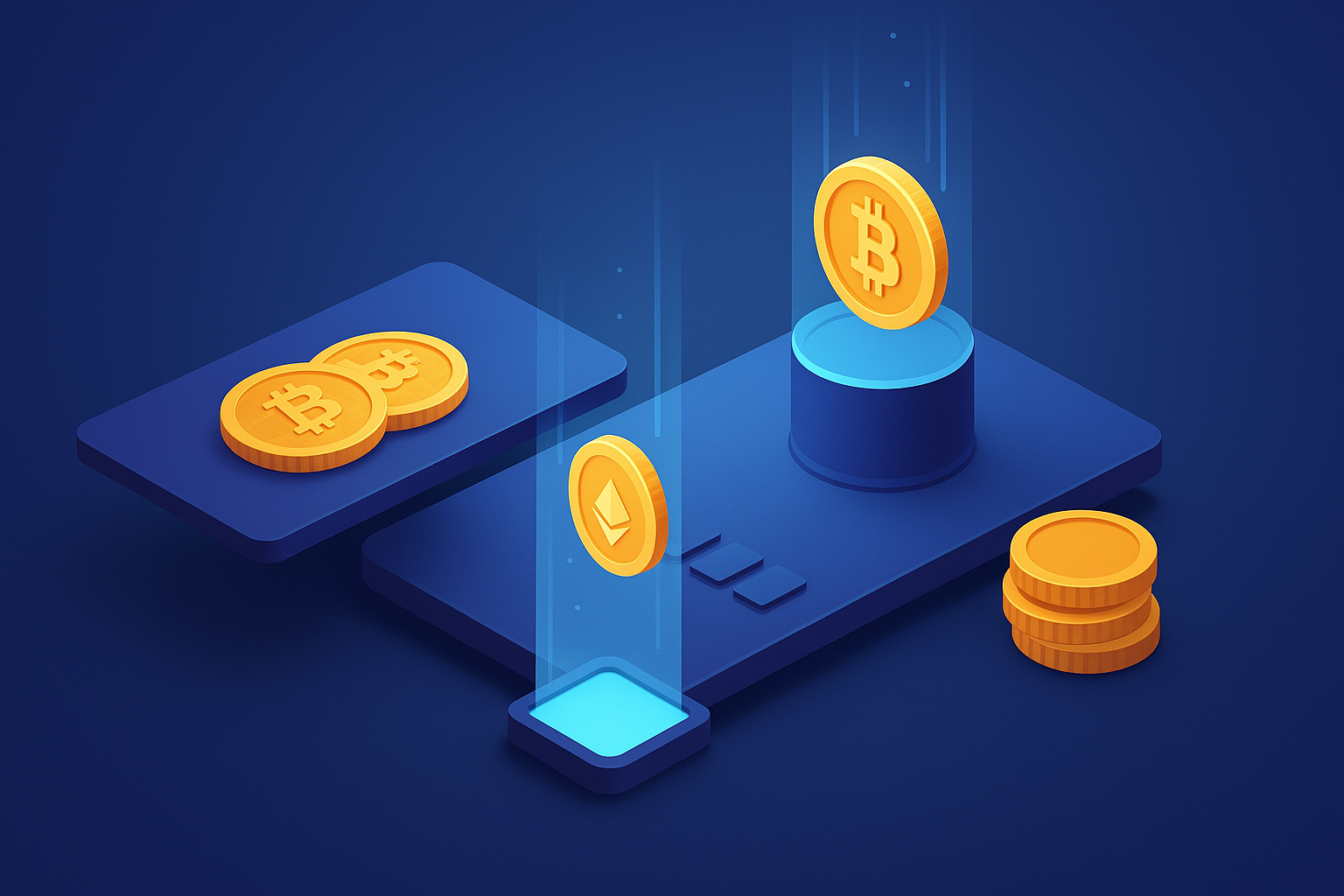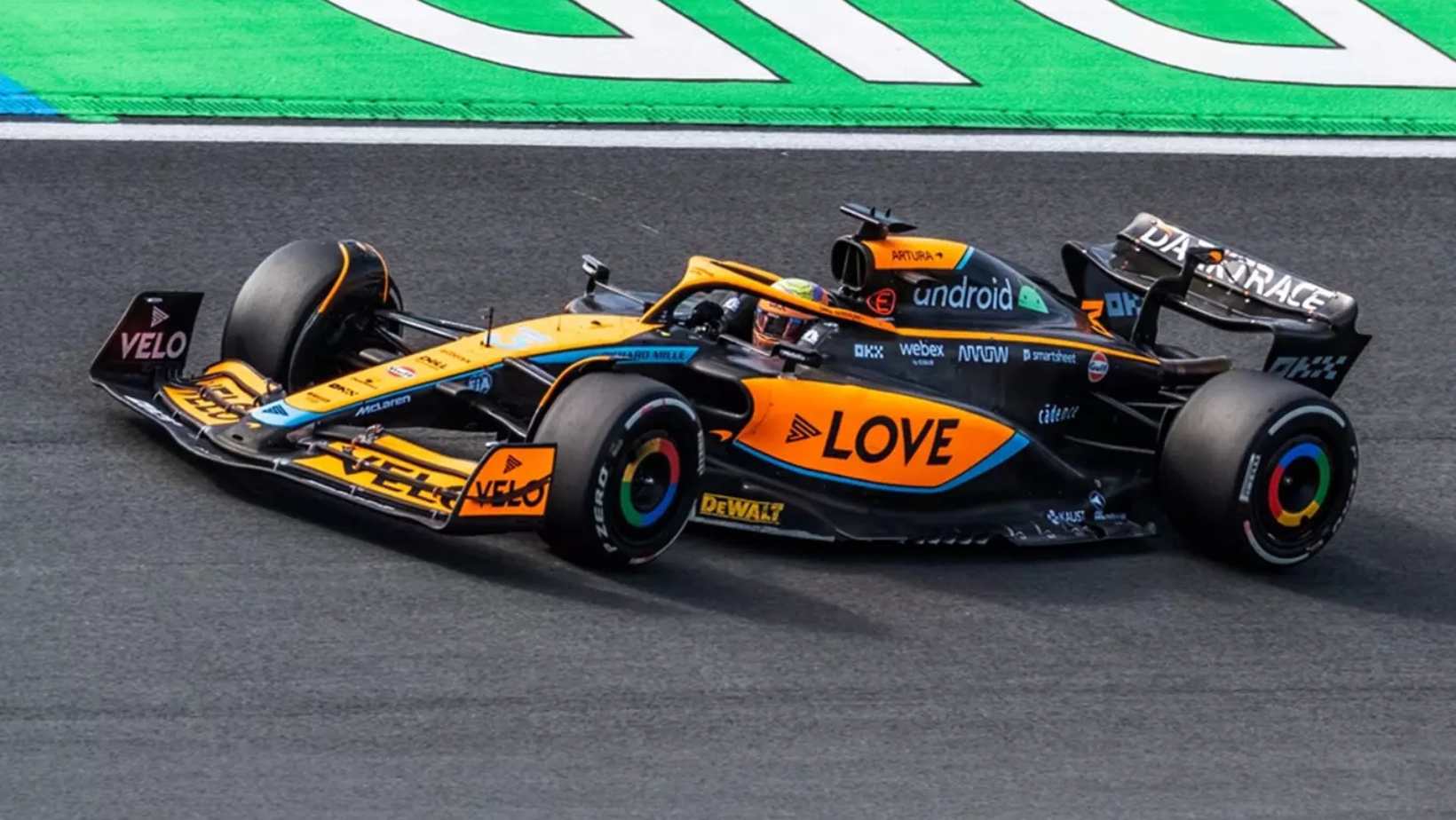How Crypto On-Ramps and Off-Ramps Work - And Why They Matter More Than Ever
Prague Morning

For anyone trying to buy Bitcoin with SEPA bank transfer or cash out their crypto gains, the path in and out of the crypto ecosystem runs through one essential gateway: crypto ramps.
Whether you’re a long-term holder, a DeFi degen, or just starting out, understanding crypto on-ramps and crypto off-ramps is key to navigating the ever-evolving landscape of blockchain finance. These ramps bridge the gap between digital assets and the traditional banking world — and the smoother that bridge is, the more efficient your trading becomes.
Crypto Off-Ramps and On-Ramps Explained
Crypto on-ramps are platforms that allow users to convert fiat currency into cryptocurrency. Think of them as the front door to crypto: they let you enter the ecosystem using everyday payment methods like bank transfers or credit cards. Popular examples include centralized exchanges and fintech apps.
Crypto off-ramps, on the other hand, are the exit routes. They convert digital assets back into fiat currency, allowing traders to take profits, pay bills, or fund real-world purchases. This is often done through exchanges or payment processors that support withdrawals to traditional bank accounts.
Here’s a quick comparison to break it down:
| Feature | Crypto On-Ramps | Crypto Off-Ramps |
| Purpose | Buy crypto using fiat currency | Sell crypto and withdraw fiat |
| Entry/Exit | Entry into the crypto ecosystem | Exit from crypto into traditional finance |
| Payment methods | Bank transfer, cards, mobile payments | Bank withdrawal, debit card reload |
| Typical users | New investors, retail buyers | Traders, merchants, crypto earners |
| Role in liquidity | Injects fiat into the crypto market | Enables real-world use of crypto funds |
Both ramp types are powered by blockchain technology behind the scenes, but what matters most to users is how fast, reliable, and compliant these services are.
Regulatory Compliance and Crypto Ramps
With regulators worldwide tightening their grip on digital assets, regulatory compliance has become non-negotiable. Whether you’re using an on-ramp or an off-ramp, you’ll need to pass through user verification — also known as KYC (Know Your Customer). This includes uploading ID, proof of address, and sometimes a selfie for biometric checks.
Ramps are legally obligated to prevent money laundering, terrorist financing, and tax evasion. Most jurisdictions enforce strict AML (Anti-Money Laundering) protocols and require ramps to be licensed as cryptocurrency exchanges or financial service providers.
Additionally, regulations like the EU’s MiCA and the FATF Travel Rule are pushing providers to increase transparency, especially when dealing with stablecoins, which are often used for off-ramping due to their low volatility.
Let’s say you’re a freelancer earning in USDT. To pay rent, you’ll need an off-ramp that converts that stablecoin into fiat currency — ideally via a fast, low-fee bank transfer. On the flip side, if you’re a European investor looking to buy BTC with SEPA transfer, you’ll use an on-ramp that supports direct fiat deposits from your region.
Some modern platforms go a step further by offering a digital wallet integrated with both ramp types, allowing for instant swaps, purchases, or withdrawals from one dashboard.
Crypto on-ramps and off-ramps are more than technical plumbing — they’re the lifelines that make crypto practical. As adoption grows, the need for secure, compliant, and user-friendly ramps becomes even more urgent. Whether you’re entering the crypto economy or stepping out with profits in hand, choosing the right ramp can make or break your experience.
-
NEWSLETTER
Subscribe for our daily news










